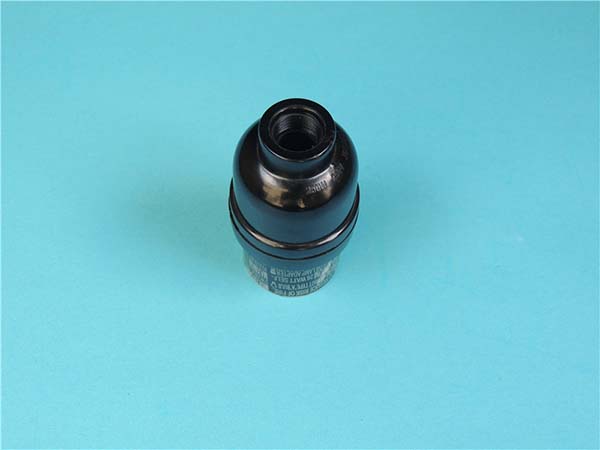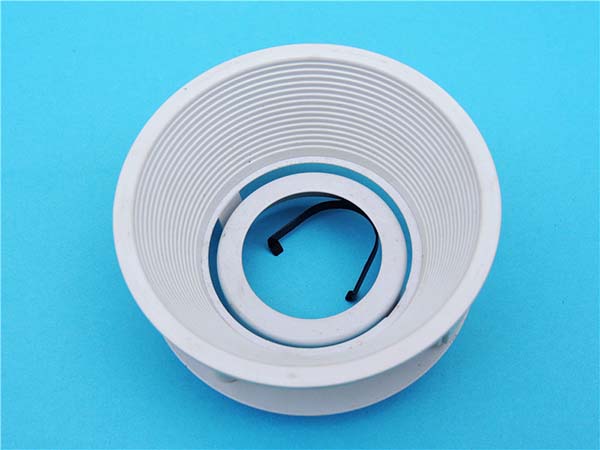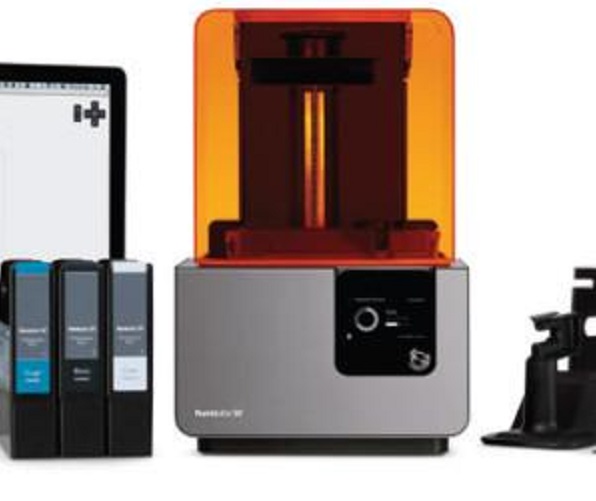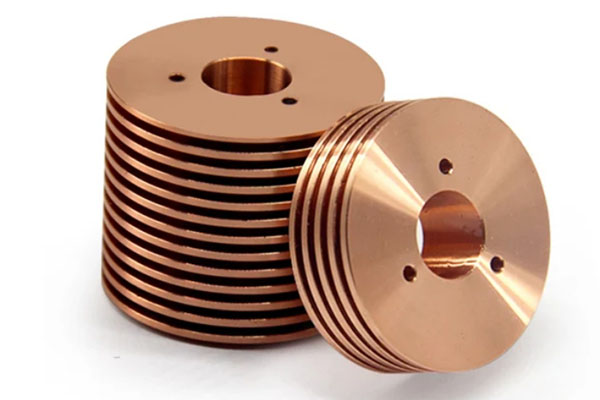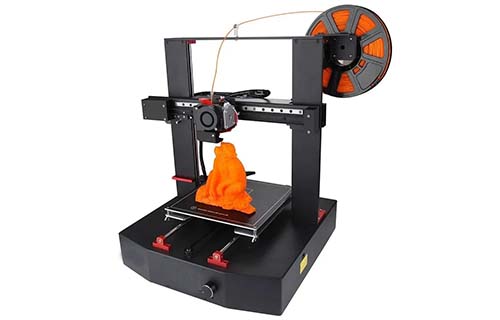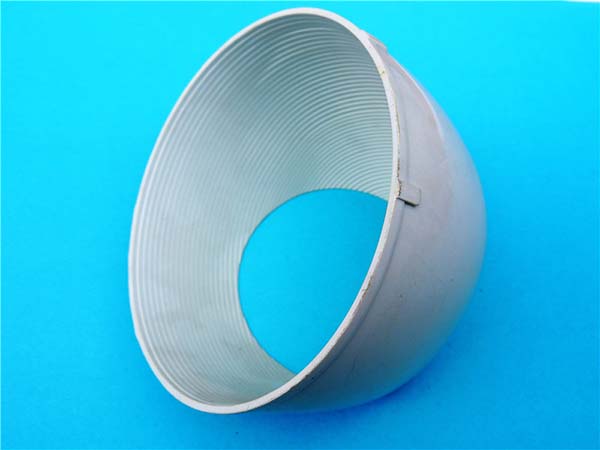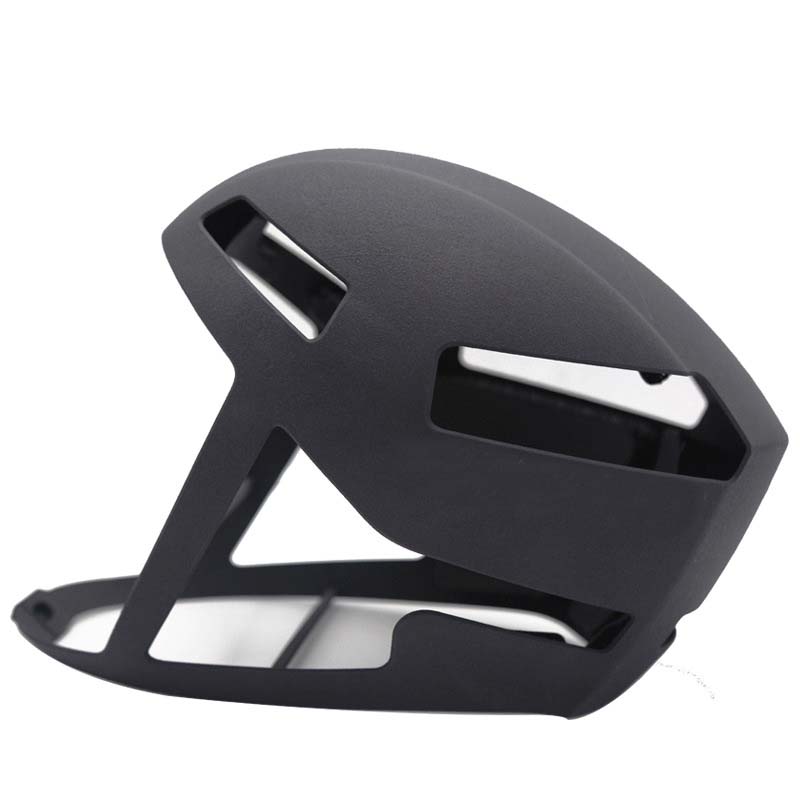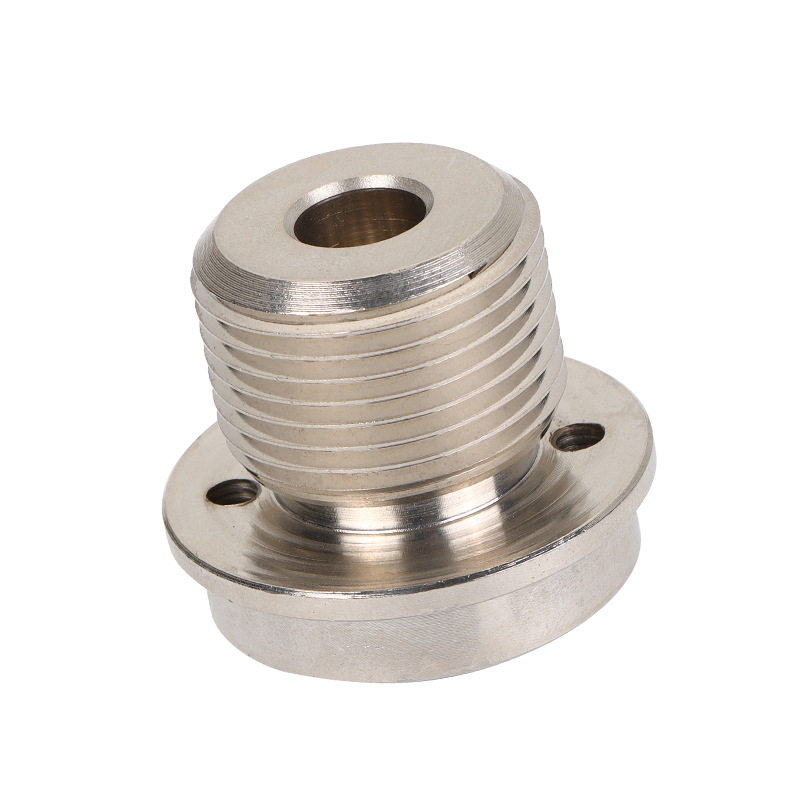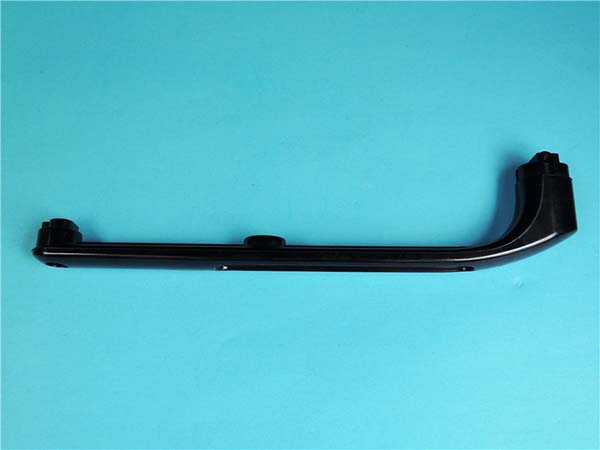1. Introduction
In the rapidly evolving landscape of modern manufacturing and design, 3D modeling has emerged as a revolutionary technology, playing a pivotal role in unlocking the full potential of 3D printers. This powerful combination has transformed the way we create, prototype, and produce objects, spanning across various industries such as aerospace, automotive, healthcare, and consumer goods.
The concept of 3D modeling involves the creation of a three - dimensional digital representation of an object using specialized software. This digital model serves as the blueprint for 3D printing, which then brings the virtual design to life by depositing materials layer by layer. The synergy between 3D modeling and 3D printing has enabled the production of highly complex, customized, and intricate designs that were once either extremely difficult or impossible to achieve with traditional manufacturing methods.
For Yigu Technology instance, in the aerospace industry, 3D - printed components made from designs created through 3D modeling have reduced the weight of aircraft while increasing their structural integrity. In healthcare, patient - specific implants and prosthetics can be designed using 3D modeling and printed with precision, improving the quality of life for patients.
2. Understanding 3D Modeling Basics
2.1 What is 3D Modeling?
3D modeling is the process of creating a three - dimensional digital representation of an object or a scene using specialized software. It involves defining the shape, structure, and appearance of the model by manipulating vertices, edges, and faces in a virtual 3D space. These elements are combined to form a mesh, which serves as the framework of the 3D model.
For Yigu Technology example, when creating a 3D model of a car, the modeler first defines the basic shape of the car's body using geometric primitives like cubes and cylinders. Then, by adjusting the vertices and edges of these primitives, the smooth curves and contours of the car are formed. The faces of the mesh are further refined to create details such as the car's windows, doors, and grilles.
This digital representation can be used for a variety of purposes, including 3D printing, animation, virtual reality, and product design. In the context of 3D printing, the 3D model serves as the blueprint that the 3D printer follows to build the physical object layer by layer.
2.2 Key Elements and Techniques in 3D Modeling
- Polygons: Polygons are the basic building blocks of most 3D models. A polygon is a flat, two - dimensional shape with straight sides. In 3D modeling, triangles and quadrilaterals (four - sided polygons) are the most commonly used polygons. Triangles are often used because they can represent any 3D shape and are easy for the computer to process. For instance, a complex 3D terrain can be modeled using a large number of triangular polygons.
- Vertices and Edges: Vertices are the points in 3D space that define the corners of polygons. Edges are the lines that connect vertices. Manipulating vertices and edges is a fundamental way to change the shape of a 3D model. For example, by moving a vertex, you can change the curvature of a surface.
- Meshes: A mesh is a collection of polygons that form the surface of a 3D model. The quality and density of the mesh can greatly affect the appearance and detail of the model. A low - polygon mesh may be sufficient for a simple object or a model that will be viewed from a distance, while a high - polygon mesh is needed for a highly detailed object like a human face.
Common Techniques:
- Polygon Modeling: This is one of the most widely used techniques. It involves building a 3D model by adding, subtracting, and modifying polygons. Modelers can start with simple geometric shapes like cubes or spheres and then use tools such as extrusion (pushing or pulling a polygon to create new geometry), edge - loop creation, and vertex manipulation to shape the model. For example, creating a 3D model of a character's armor using polygon modeling allows for precise control over the shape and details of the armor plates.
- Surface Modeling: Surface modeling focuses on creating smooth surfaces. It is often used for organic objects and objects with complex curves. In surface modeling, splines (smooth curves) are used to define the shape of the surface. These splines can be adjusted to create the desired curvature. For example, in automotive design, surface modeling is used to create the sleek and aerodynamic shapes of car bodies.
- Subdivision Modeling: Subdivision modeling combines the simplicity of polygon modeling with the smoothness of surface modeling. It starts with a low - polygon base mesh and then subdivides (divides into smaller parts) the mesh to add more detail and smoothness. The modeler can control where the mesh is subdivided and how much detail is added in different areas. This technique is great for creating detailed organic models like creatures or characters.
2.3 Software Tools for 3D Modeling
The following Yigu Technology table provides a quick comparison of these software tools:
| Software | Price | Strengths | Ideal for |
| Blender | Free | Open - source, wide range of features, large community | Beginners, hobbyists, indie developers |
| 3ds Max | Subscription - based | User - friendly, strong in game development and architecture, good integration with Autodesk products | Game developers, architects, interior designers |
| Maya | Subscription - based | Advanced animation and visual effects, wide range of modeling techniques | Film and television industry, professional animators, VFX artists |
3. The Link between 3D Modeling and Power Printers
3.1 How 3D Modeling Transforms Power Printer Design
In the past, designing power printers was a complex and time - consuming process. Traditional design methods often involved a significant amount of manual drafting and physical prototyping. Designers would first create 2D sketches on paper, which were then translated into more detailed 2D drawings using drafting tools. These 2D drawings would serve as the basis for creating physical prototypes.
For Yigu Technology example, when designing the housing of a power printer, designers had to carefully calculate dimensions, angles, and tolerances on paper. The physical prototype was then built, usually through machining or molding processes. However, this approach had several drawbacks. It was difficult to visualize the final product in three - dimensions accurately, and making changes to the design at a later stage was costly and time - consuming. If a design flaw was discovered in the physical prototype, the entire process of creating the prototype from the 2D drawings had to be repeated, which could take weeks or even months.
With the advent of 3D modeling, the design process has been completely transformed. 3D modeling allows designers to create a digital representation of the power printer in a virtual 3D environment right from the start. They can manipulate the 3D model in real - time, adjusting its shape, size, and details with ease.
For instance, in 3D modeling software, a designer can simply click and drag vertices to change the shape of the printer's housing. They can also use tools to add features like ventilation holes, cable management channels, and mounting points with precision. The software provides real - time visual feedback, allowing the designer to see how the changes affect the overall design immediately. This not only speeds up the design process but also enables designers to explore a wider range of design possibilities.
Moreover, 3D models can be easily shared and reviewed by different teams within a company. Engineers can check the mechanical integrity of the design, while electrical engineers can ensure that the internal components fit properly and that there are no interference issues. This collaborative approach, made possible by 3D modeling, leads to better - designed power printers with fewer errors and a shorter time - to - market.
3.2 Case Studies of Successful 3D - Modeled Power Printers
- The XYZ Power Printer: Company XYZ, a leading manufacturer in the power printer market, decided to use 3D modeling in the design of their new line of power printers. By using 3D modeling software, they were able to create a highly optimized design. The 3D model allowed them to simulate the air flow within the printer to improve heat dissipation. They also used the model to analyze the stress distribution on different components, which led to a more durable and reliable design.
After the design was finalized using 3D modeling, they moved on to 3D printing the prototype. The entire process from design to prototype took only 6 weeks, compared to the traditional 12 - week process. Once the product was launched in the market, it quickly gained popularity due to its compact size, high - performance, and reliability. In the first year of its release, it captured 20% of the market share in its product segment, generating $5 million in revenue.
- The ABC Industrial Power Printer: ABC, a company that specializes in industrial - grade power printers, utilized 3D modeling to create a custom - designed printer for a specific industrial application. The customer required a power printer that could handle high - volume printing in a harsh industrial environment.
Using 3D modeling, ABC's design team was able to create a printer with a rugged exterior that could withstand vibrations, dust, and high temperatures. They also designed an innovative ink - delivery system using 3D modeling, which improved the printer's efficiency and reduced ink wastage. The 3D - modeled design was then 3D printed and tested extensively.
The final product was a huge success. It not only met the customer's specific requirements but also outperformed the competition in terms of performance and durability. As a result, ABC was able to secure a long - term contract with the customer, worth $10 million over the next 5 years. This case study shows how 3D modeling can enable companies to create highly customized power printers for niche markets, leading to increased revenue and customer satisfaction.
5. Data - Driven Evidence of 3D Modeling's Impact
5.1 Comparative Analysis of Traditional vs 3D - Modeled Designs
The following Yigu Technology table presents a detailed comparison between traditional design methods and 3D - modeled designs for power printers in terms of cost, production cycle, and performance:
| Comparison Aspect | Traditional Design | 3D - Modeled Design |
| Cost | High initial investment in design tools and physical prototyping. High costs for design changes during the development process. For example, if a design modification is needed in the middle of the production cycle, re - tooling and re - manufacturing of physical prototypes can cost up to \(10,000 - \)50,000 depending on the complexity of the printer. | Lower initial investment in 3D modeling software (ranging from free open - source software like Blender to subscription - based professional software which can cost around \(20 - \)500 per month). Significantly lower costs for design changes as they can be made easily in the digital model without the need for expensive re - tooling. A design change in a 3D - modeled design might only cost the time of the designer, which can be estimated at a few hundred dollars at most for a relatively complex change. |
| Production Cycle | Long production cycle. The design process from initial concept to final product can take 6 - 12 months. This includes time for creating 2D drawings, building physical prototypes, and making modifications based on prototype testing. | Short production cycle. With 3D modeling, the design process can be completed in 2 - 4 months. The ability to quickly make changes in the digital model and directly 3D print the prototype speeds up the overall development process. |
| Performance | Limited in terms of design optimization. It is difficult to create complex internal structures and optimize components for better performance due to the constraints of traditional manufacturing methods. | High - performance optimization is possible. 3D modeling allows for the creation of complex internal channels for better heat dissipation, lightweight structures without sacrificing strength, and optimized component placement. For example, a 3D - modeled power printer can have up to 30% better heat dissipation performance compared to a traditionally designed one, leading to more stable operation and a longer lifespan. |
5.2 Industry Statistics on 3D - Modeled Product Success
According to a recent industry report by MarketsandMarkets, the global 3D - printed power printer market is expected to grow from \(XX million in 2023 to \)XX million by 2028, at a CAGR of XX%. This growth is a clear indication of the increasing acceptance and success of 3D - modeled power printers in the market.
In terms of market share, companies that have adopted 3D modeling in the design of their power printers have seen a significant increase in their market share. For instance, Company A, which started using 3D modeling in 2020, has seen its market share grow from 10% in 2020 to 18% in 2023. This growth can be attributed to the ability to quickly bring innovative and high - performance products to the market, thanks to 3D modeling and 3D printing technologies.
Customer satisfaction surveys also show promising results. A survey of 500 customers who purchased 3D - printed power printers (designed using 3D modeling) found that 85% were satisfied with the product's performance, compared to only 65% for traditionally designed power printers. The high satisfaction rate can be attributed to the customization options, better performance, and faster delivery times associated with 3D - modeled power printers.
8. Conclusion
In Yigu Technology conclusion, 3D modeling has emerged as a game - changing technology in the realm of power printer design. It has transformed the traditional design process, bringing about a new era of efficiency, innovation, and customization.
The ability to create a detailed 3D digital representation of a power printer right from the initial design stage has several advantages. It allows designers to visualize the final product in three - dimensions accurately, explore a wide range of design possibilities, and make changes easily and cost - effectively. This not only speeds up the design process but also leads to better - optimized designs with improved performance.
Through case studies and data - driven evidence, we have seen how companies that have adopted 3D modeling in the design of their power printers have achieved significant success. They have been able to reduce production cycles, cut costs, and bring high - performance and customized products to the market faster. The comparative analysis between traditional and 3D - modeled designs clearly shows the superiority of 3D - modeled designs in terms of cost, production cycle, and performance.
Industry statistics further validate the positive impact of 3D modeling. The growing market share of companies using 3D - modeled designs and the high customer satisfaction rates associated with 3D - printed power printers are strong indicators of the technology's effectiveness.
FAQ
Q1: What is the best 3D modeling software for power printer design?
A1: The choice of software depends on your specific needs and experience level. Blender is great for beginners and those on a budget as it is open - source. 3ds Max is popular in the game development and architecture industries and has a user - friendly interface, making it suitable for power printer design where mechanical and aesthetic aspects need to be considered. Maya, with its advanced animation and visual effects capabilities, can also be used for creating detailed and complex 3D models of power printers, especially if there is a need for high - end visualizations.
Q2: How can I ensure the 3D - modeled design is printable?
A2: First, understand the capabilities and limitations of your 3D printer, such as minimum feature size, layer height, and build volume. When modeling, use appropriate wall thicknesses (usually around 1 - 3mm depending on the material). Avoid overhangs that are too steep without proper support structures. Check for self - intersections in the model as they can cause issues during printing. Most 3D modeling software has tools to analyze and fix common printability issues, and slicing software can also help in preparing the model for printing by adding supports and optimizing the print path.
Q3: Can 3D modeling be used for retrofitting existing power printers?
A3: Yes, 3D modeling can be used for retrofitting existing power printers. By creating a 3D model of the existing printer, you can identify areas for improvement, such as adding new features like better cable management or improving the cooling system. You can then design and 3D print the necessary components to make these modifications. This can be a cost - effective way to upgrade the functionality of older power printers without having to purchase a new one.
